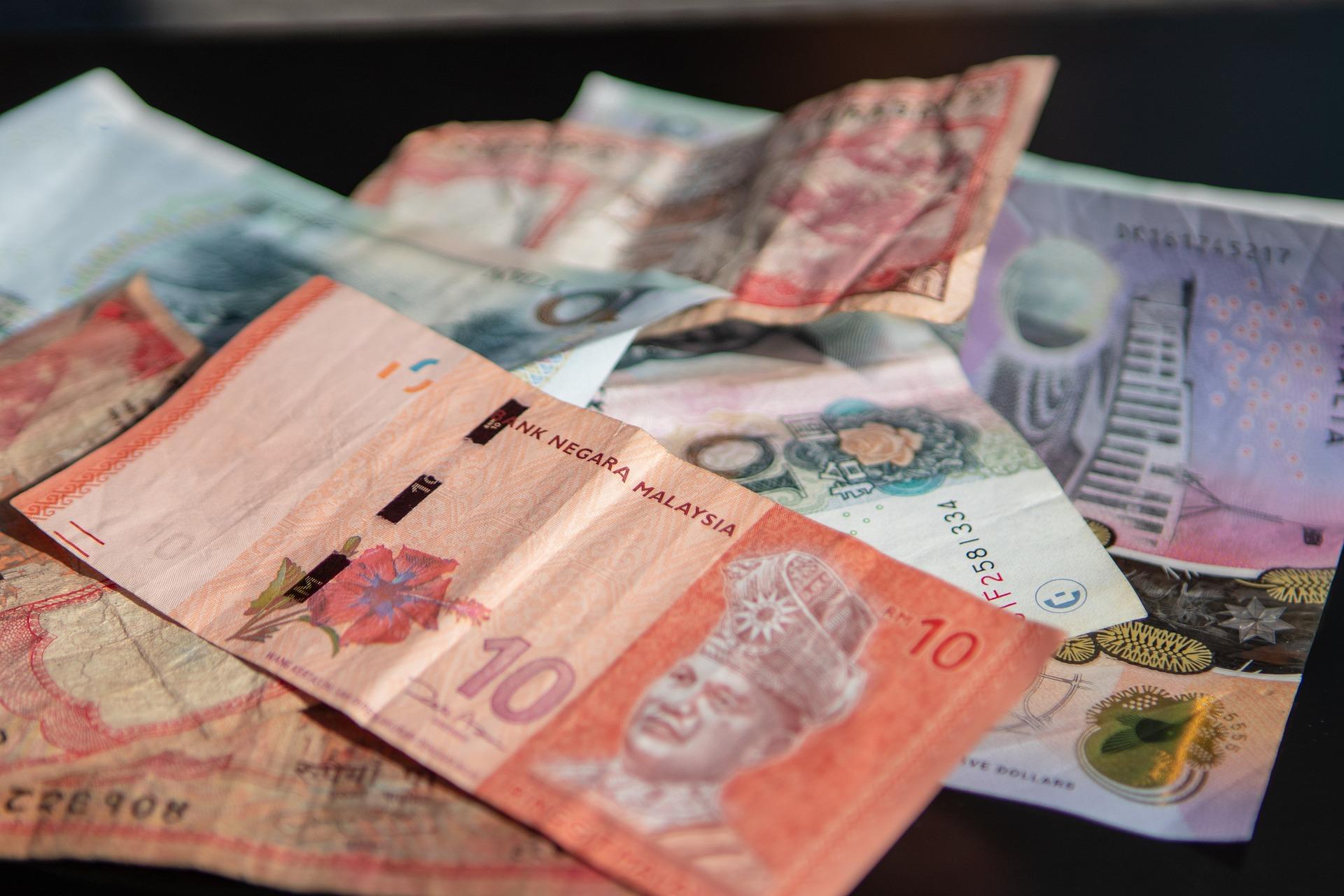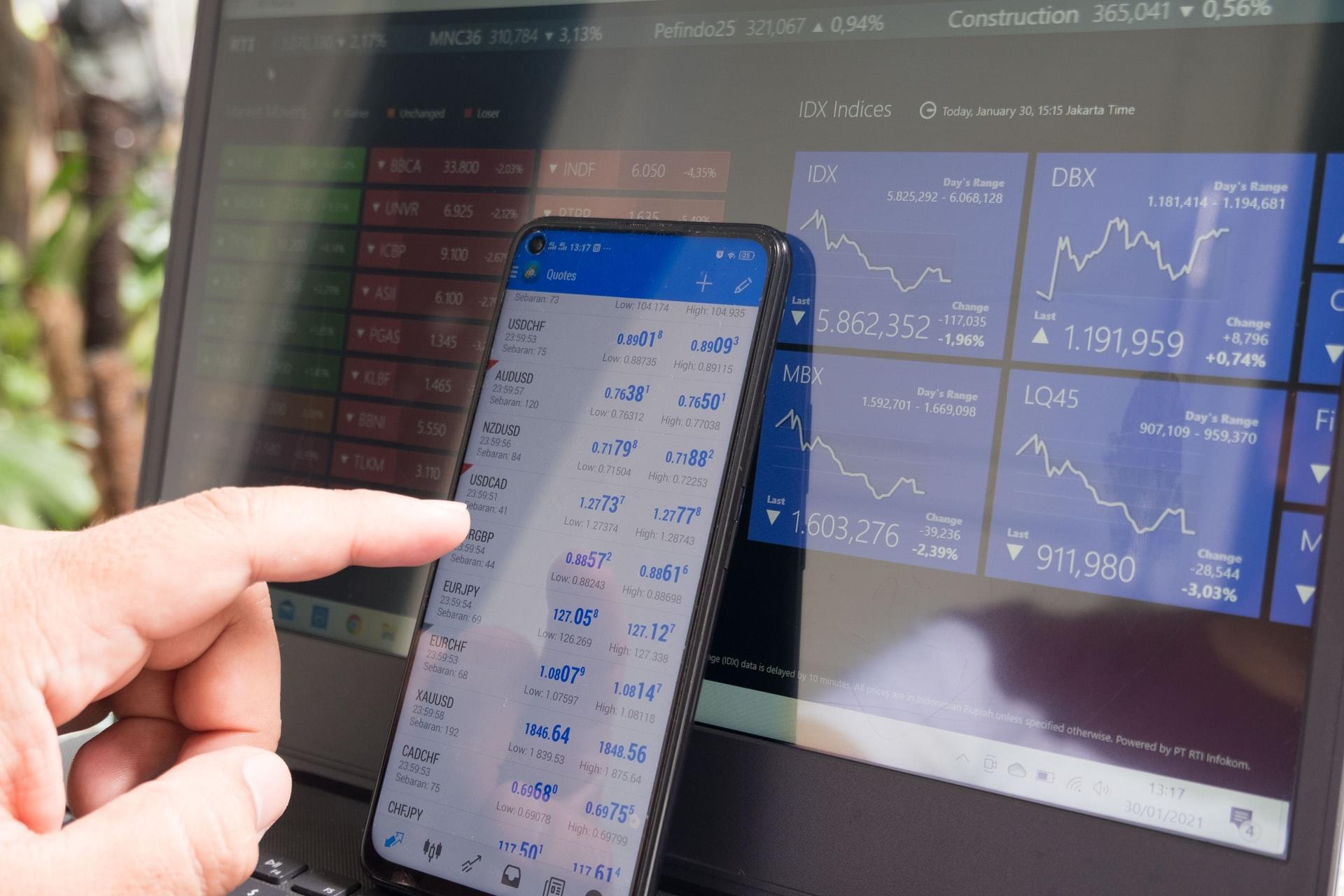The Malaysian Higher School Certificate or STPM (Sijil Tinggi Persekolahan Malaysia) is an examination that Malaysian students take that is equivalent to A levels. The STPM is one of the world’s most difficult examinations as it covers a wide range of subjects in a very short duration. It might come as a surprise, but the STPM is a globally recognised qualification. Many universities all over the world recognise the STPM qualification, which is very enticing to students.
Within the range of subjects available in this program, Economics stands out as a particularly sought-after and popular choice among students. If you are in the process of making a decision about taking the STPM Economics paper, you’ve landed in the perfect spot for guidance and information.

STPM Economics Syllabus
In order for you to not only understand but also score in the STPM Economics paper, you will need to first understand the syllabus of this subject. The syllabus of not only the STPM paper but all examination papers out there aims to give students important information for those who are taking the subject or course. The syllabus will have important information such as expectations, what will be taught, marks, and so on. The STPM economics syllabus is available on the official Malaysian Examination Portal. On this website, you will find the STPM economics syllabus and every subject offered in this examination.
We have summarised the syllabus in this section for your ease of reference. This should give you a brief idea of what is expected, as well as the objective and topics that will be covered.
Goals
The economics syllabus is set at a pre-university level, which will enable students to not only learn but master economics. This paper will teach the students the ability to analyse and evaluate economic issues related to issues that affect not only their lives but also the lives of their community and country as a whole. This paper will also prepare students for a higher level of economics as they progress in their education.
Objective
This paper has six main objectives. Keep these in mind as you prepare for your examination, as they give you a glimpse of what the examiners want from students.
- Students should be able to understand and recognise economic concepts and theories.
- Students should be aware of current economic problems and issues and should be able to discuss them properly.
- Students should be able to gather economic information from various sources and effectively and efficiently analyse and evaluate them.
- Students should be able to use diagrams and equations to effectively analyse economic equations and theories.
- Students should be able to convey economic ideas and information effectively.
- Students should be able to acquire skills via self-learning.
As the language used in STPM for economics is Bahasa Malaysia, it comes as no surprise that the syllabus is also in Bahasa Malaysia. We will maintain the language to detail the information below to avoid confusing students.
Semester 1
In the first semester, students will be taught Microeconomics. Below will be the list of topics covered for this semester:
Pengenalan
- Definisi ilmu ekonomi
- Sumber ekonomi
- Kehendak manusia
- Masalah asas ekonomi
- Keluk kemungkinan pengeluaran
- Sistem ekonomi
Pasaran Barang dan Harga
- Permintaan
- Penawaran
- Keseimbangan pasaran
- Lebihan pengguna dan lebihan pengeluar
- Keanjalan permintaan
- Keanjalan penawaran
- Campur tangan kerajaan dalam pasaran
Teori Pengeluaran dan Kos Pengeluaran
- Firma dan industri
- Fungsi pengeluaran
- Kos pengeluaran
- Ekonomi bidangan dan tak ekonomi bidangan
Struktur Pasaran, Penentuan Harga, dan Output
- Konsep hasil dan untung
- Struktur pasaran
- Pasaran persaingan sempurna
- Pasaran monopoli
- Pasaran persaingan bermonopoli
Pasaran Faktor dan Agihan
- Permintaan dan penawaran faktor pengeluaran
- Upah
- Sewa, kadar bunga, dan untung
Semester 2
In the second semester, students will be taught Macroeconomics. Below will be the list of topics covered for this semester:
Pengenalan
- Aliran pusingan pendapatan negara
- Isu makroekonomi
- Petunjuk makroekonomi
Perakaunan Pendapatan Negara
- Konsep pendapatan negara
- Kaedah penghitungan pendapatan negara
- Kegunaan data pendapatan negara
Keseimbangan Pendapatan Negara dan Dasar Fiskal
- Pendekatan perbelanjaan agregat pendapatan (AE-Y): harga tetap
- Analisis permintaan agregat-penawaran agregat (AD-AS): harga berubah
Wang, Bank, dan Dasar Kewangan
- Wang
- Penawaran wang
- Permintaan wang
- Keseimbangan pasaran wang dan aktiviti ekonomi
- Bank pusat dan dasar kewangan

Perdagangan dan Kewangan Antarabangsa
- Sebab wujud perdagangan antarabangsa
- Faedah berbanding
- Sekatan perdagangan antarabangsa
- Kadar pertukaran asing
- Imbangan pembayaran
Semester 3
In the last semester, students will be taught Malaysian Economics. Below will be the list of topics covered for this semester:
Pengangguran, Guna Tenaga, dan Upah
- Pengangguran
- Pengangguran di Malaysia
- Faktor mempengaruhi pengangguran
- Upah
Inflasi dan Kos Sara Hidup
- Indeks harga dan inflasi
- Inflasi di Malaysia
- Faktor mempengaruhi inflasi
- Kos sara hidup
- Kesan inflasi
- Langkah mengawal inflasi
- Belanjawan negara Malaysia
Perdagangan Antarabangsa dan Imbangan Pembayaran
- Perdagangan antarabangsa dan keterbukaan ekonomi
- Arah aliran perdagangan antarabangsa di Malaysia
- Kesan perdagangan antarabangsa
- Langkah mengawal perdagangan antarabangsa
- Imbangan akaun semasa di Malaysia
- Kadar pertukaran asing
Perusahaan Kecil dan Sederhana
- Unit perniagaan
- Perusahaan kecil dan sederhana
- Perusahaan kecil dan sederhana di Malaysia
- Peranan kerajaan
Institusi Kewangan
- Institusi kewangan
- Institusi kewangan di Malaysia
- Institusi pemberi kredit
Kemiskinan dan Agihan Pendapatan
- Ukuran kemiskinan
- Kemiskinan di Malaysia
- Agihan pendapatan
- Dasar membasmi kemiskinan dan ketaksetaraan pendapatan
Kerja Kursus
Every student must take this compulsory component during this semester. The coursework (Kerja Kursus) is extremely important as it accounts for 20% of the overall economics paper weightage. The details for this part of the paper will be released in the official MPM portal.
Understanding the General Format of STPM Economics Papers
Now that you have the details of the STPM economics syllabus, the next step in your journey to score for your paper is to learn the general format of the STPM Papers.
There are four main papers you will have to sit and attempt for the STPM Economics subject.
944/1 Ekonomi 1
- This paper is based on the syllabus you learned in your first semester, Microeconomics.
- Written examination
944/2 Ekonomi 2
- This paper is based on the syllabus you have learnt in your second semester, which is Macroeconomics
- Written examination
944/3 Ekonomi 3
- This paper is based on the syllabus you learned in your third semester, Malaysian Economics.
- Written examination
944/4 Ekonomi 4
- Unlike the other three papers, this is a coursework assessment that students are obligated to complete in their third semester.
One thing to note is that students will sit for the written examination at the end of each semester instead of at the end of the entire course.
If you are sitting for the 2025 assessment, only details for the first semester have been released by the MPM. The written examination for the semester for STPM will be from January 7th to 15th, 2025. The 944/1 Economics paper will be on January 9th, 2025, from 8 to 10 a.m. nationwide.
Resources for Your STPM Economics Paper
There are many resources available for you to learn STPM-level economics. There are many websites as well as books available both online and physically at stores.
YouTube
One of the best places you can go online to learn and increase your understanding of Economics is YouTube. There are loads of videos and channels that you should follow and subscribe to that explain the concepts and theories of economics in detail. The best part about this platform is that it’s totally free!
Past-Year Questions
A highly effective strategy for excelling in STPM economics is to regularly practice solving past year papers. Engaging with these question papers not only enhances your comprehension of the topic but also enhances your exam preparedness by acquainting you with the question types and the exam structure. This practice allows you to identify areas for improvement and build confidence in tackling the challenges that may arise during the examination. You can get past year’s papers from bookstores such as MPH and even online shopping platforms.
Reference Books
There are no official textbooks for STPM, which students can find a bit confusing, but the good news is that countless reference books are out there. You should refer to what your teachers use in your schools to ensure that you are covering all of the syllabus correctly.

Marking Scheme
As you already know, there are four assessments for the subject of STPM Economics. Let’s now examine the marking scheme for each paper.
944/1 Ekonomi 1 and 944/2 Ekonomi 2
- Written examination
- The whole assessment carries 80 marks, which makes out 32% of the overall grade
- Part A - 20 Multiple-choice questions, which carry a total of 20 marks
- Part B - Students will have to answer 4 out of 6 essay questions provided, which carries a total of 40 marks
- Part C - Students have to answer 2 out of 3 quantitative questions, and it carries a total of 20 marks
- 2 hours
944/3 Ekonomi 3
- Written assessment carries 40 marks, which makes out 16% of the overall grade
- Part A - Students will have to answer 5 out of 6 essay questions provided, which carries a total of 30 marks
- Part B - Students have to answer 1 out of 2 quantitative questions, and it carries a total of 10 marks
- 1 hour
944/4 Ekonomi 4
- This assessment carries 50 marks, which makes out 20% of the overall grade
- Students are given the entire third semester for this
One of the best things you can do to increase your chances of getting the best grade in economics is to hire a Superprof tutor. Superprof is a platform that connects students and tutors globally. We have tutors who are not only experienced but also skilled and qualified to guide you in your STPM Economics papers. We are proud to say that our tutors are all verified and flexible in their teaching methods so that you can achieve the most with their help.























